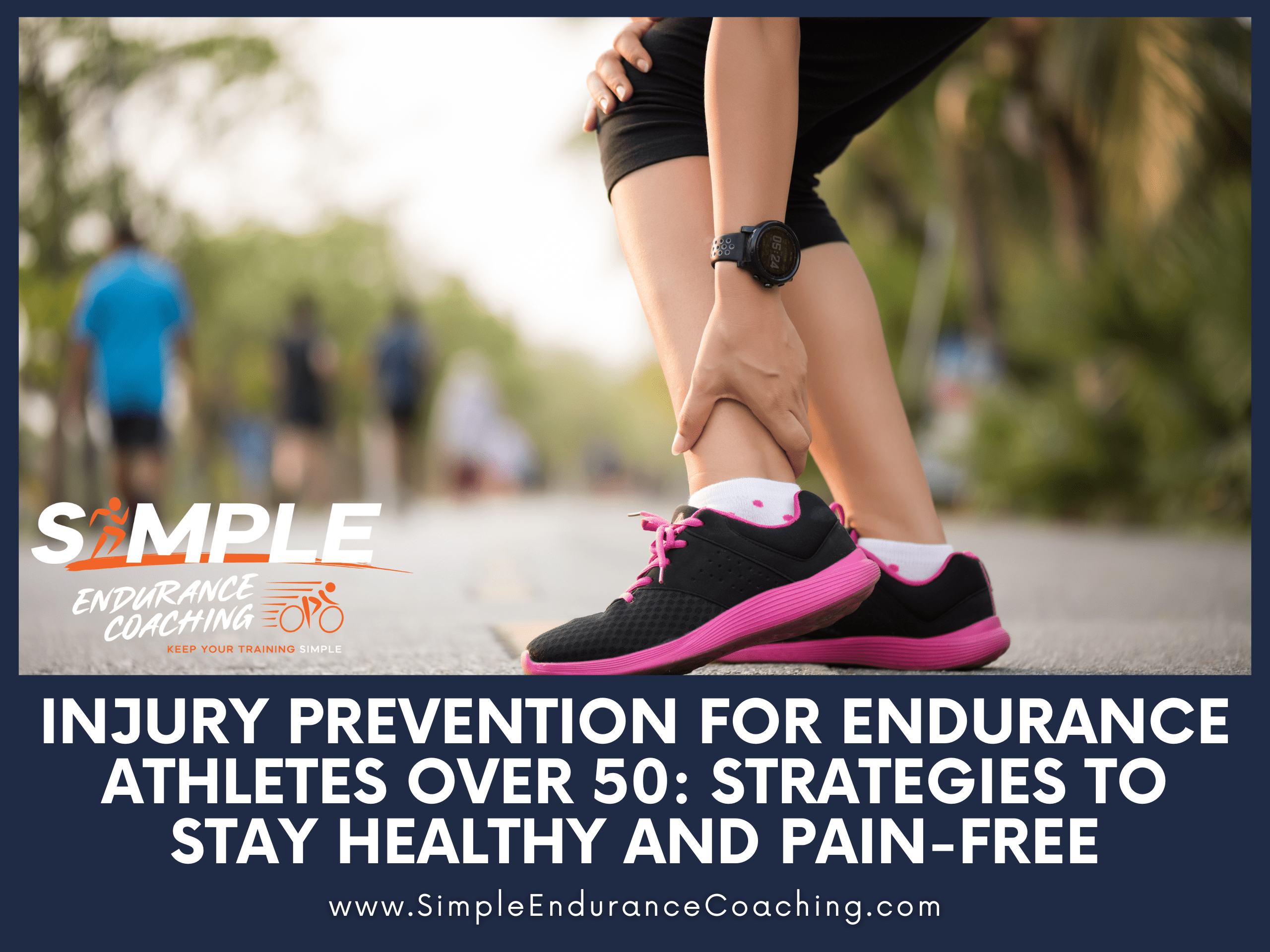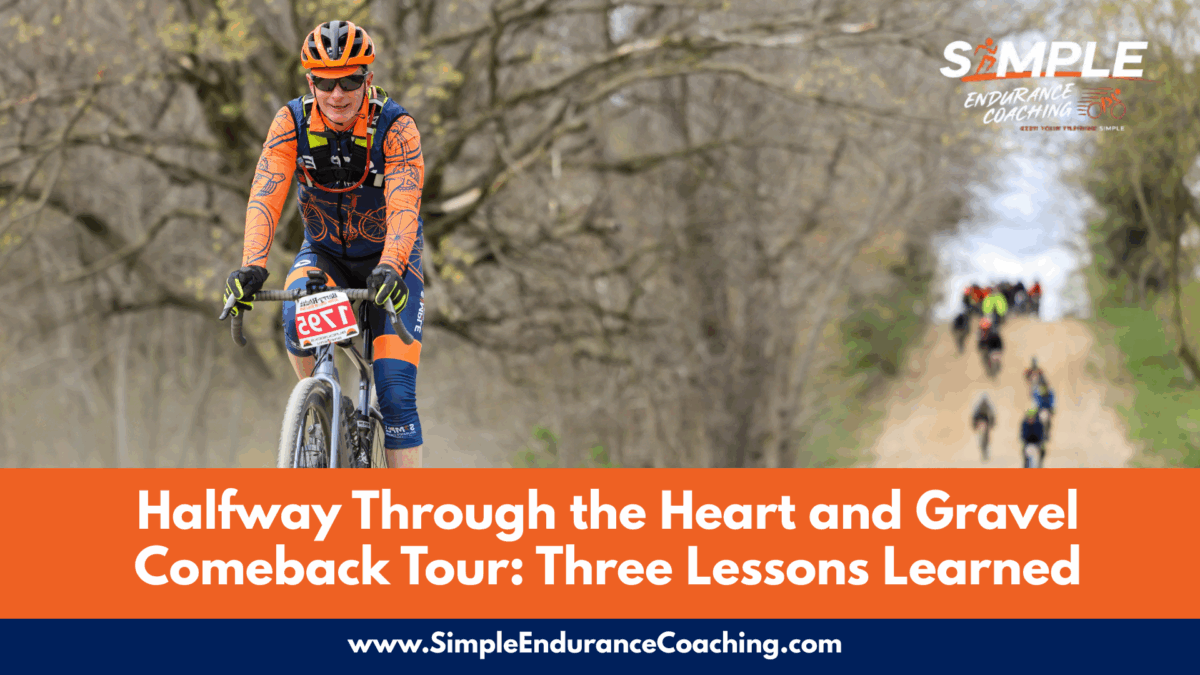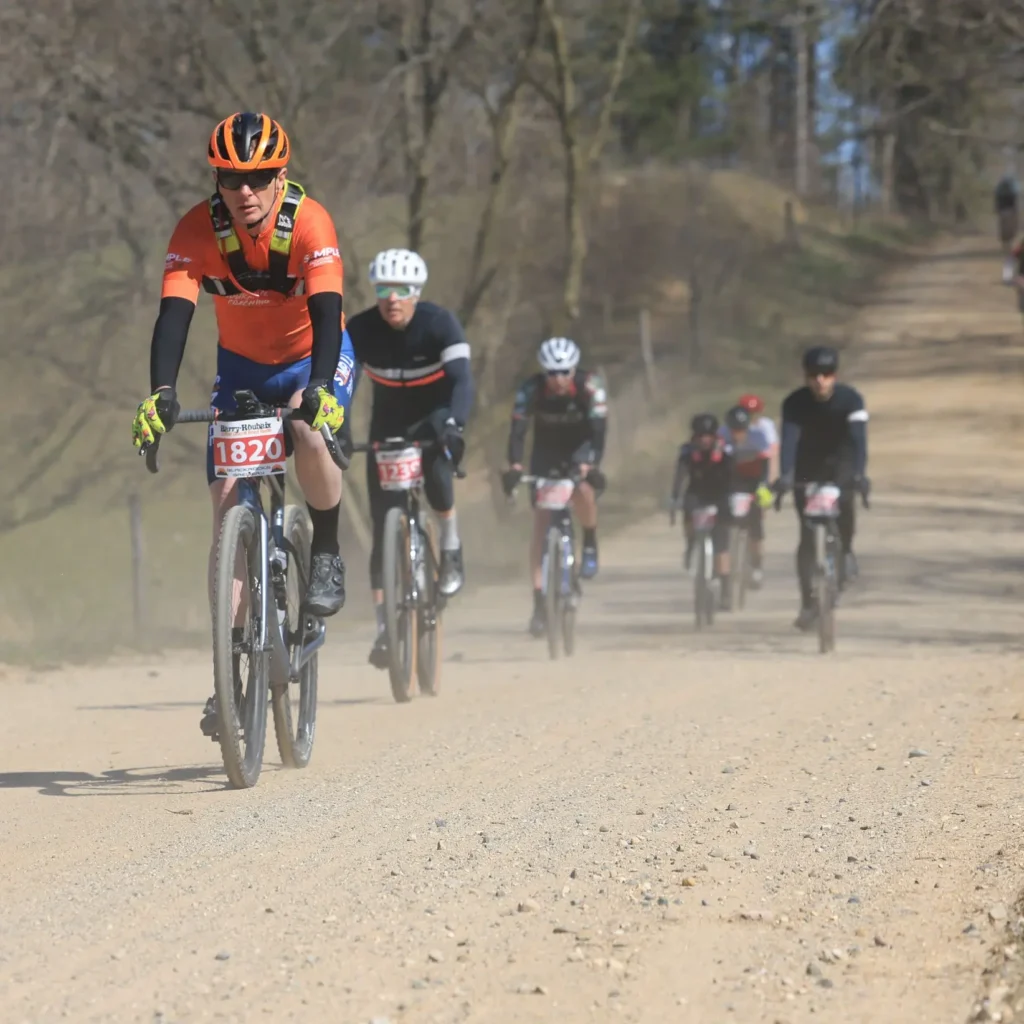Injury Prevention for Endurance Athletes Over 50: Strategies to Stay Healthy and Pain-Free
As endurance athletes over 50, maintaining peak physical condition while avoiding injuries is a top priority.
We still want to have gravel racing, cyclocross, or trail running adventures.
Our age group faces unique challenges, but with the right strategies, you can stay healthy, pain-free, and competitive.
This post provides some effective injury prevention techniques tailored for endurance athletes over 50.

Understanding the aging athlete’s body:
- Changes in muscle and joint health: As we age, muscles and joints change, increasing injury risk. Understanding these changes helps in adapting training routines accordingly. We simply don’t move as well because of these changes.
- The importance of listening to your body: With age, the body’s response to physical stress differs. Learning to interpret and respect these signals is crucial for injury prevention.
Injury prevention strategies:
- Dynamic warm-ups and cool-downs: Proper warm-up and cool-down routines enhance muscle flexibility and reduce injury risk. For example, I suggest athletes do leg swings, butt kicks, and knee raises prior to riding or running
- Strength training: Specific strength exercises improve muscle strength and joint stability, which is crucial for athletes over 50. Strength training also builds bone health.
- Mobility workouts: Regular yoga and mobility routines are essential for maintaining range of motion and preventing muscle stiffness. I include yoga routines for all of my athletes, but especially for older endurance athletes!
Nutrition for recovery and health:
- Hydration needs: Adequate hydration is vital, especially for older athletes, to support overall health and recovery.
- Nutritional requirements: A balanced diet rich in essential nutrients and supplements supports muscle recovery and health. It’s essential, especially for women over 50, to consume enough protein. Plus, depending on the kinds of workouts we have daily, we may be able to cut down on some carbohydrates. It’s good to talk with a nutritionist or someone experienced in sports nutrition.
Rest and recovery:
- The power of sleep: Quality sleep is a cornerstone of injury prevention and recovery. Everyone should be getting 7 to 9 hours of sleep, but this is even more critical for endurance athletes over 50.
- Active recovery days: Incorporating active recovery into your routine aids in maintaining fitness without overexertion. I generally advise my athletes to take at least Monday off and sometimes Saturday or Sunday if they need a family day.
- HRV: Using an app like HRV4Training or the whoop strap can provide valuable information about your training readiness. I use HRV4Training every morning.
Technique and training modifications:
- Training smart, not hard: Modifying training intensity and volume is essential to accommodate the aging body’s needs.
- Using technology for training: Wearables and apps can be effective tools in monitoring training loads and recovery processes.
- Consistency: So many weekend warriors will do massive workouts on the weekend because that’s when they have time. However, that kind of approach can lead to injury and a lot of soreness. It’s far better to do smaller workouts during the week so that your body responds to the consistent training stress.
Staying mentally fit:
- Mindfulness and stress management: Stress management and maintaining a positive mindset are as important as physical fitness. Athletes over 50 often have family and work stress that can affect training readiness. It’s important to find balance and use mindfulness training (calm breathing) to relax.
- The role of community and support: Being part of a supportive community provides motivation and valuable advice.
Three things everyday endurance athletes should know to stay injury-free as an endurance athlete over 50
- Understand that your body changes as it ages. You know that already, right?!
- Be consistent and thoughtful in your training program.
- Remember, it’s not just about how hard you train, but also how smartly and attentively you approach your overall health and well-being.
Need more?
GET A FREE Core Strength and Stability training video when you opt-in to receive my weekly blog posts about what works in endurance sports.
SIGN UP FOR A Virtual Coffee so we can discuss your goals, ask questions, and talk about making your endurance training more effective, fun, and Simple.
Paul Warloski is a:
- USA Cycling Level 2 Coach
- RRCA Running Coach
- Training Peaks Level 2 Coach
- RYT-200 Yoga Instructor
- Certified Personal Trainer





